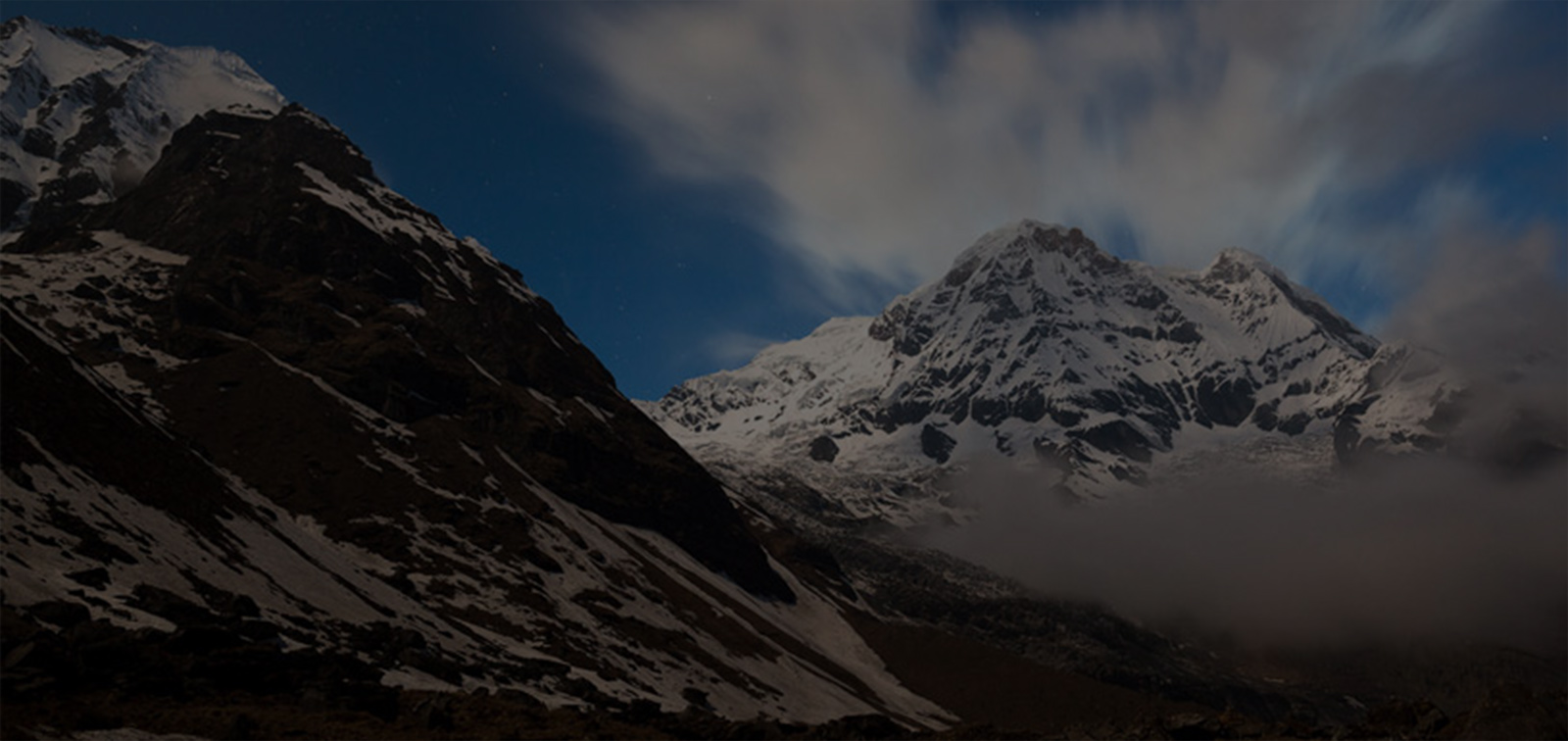General Infomation
Bhutan is situated in the Eastern Himalayas of southern Central Asia and is bordered on the north and Northwest by the Tibet Autonomous Region of China and to the west, Southwest, south and east with Indian states of Sikkim, West Bengal, Assam and Arunachal Pradesh. Bhutan is a landlocked mountain kingdom roughly the size of Switzerland in the eastern Himalayas. With a population of 600,000 spread over 46,000 sq km.
Bhutan is the last unspoiled Himalayan kingdom often known as Shangri-La. For a country of its size, Bhutan is a land of spectacular contrasts and stunning beauty. The southern foothills, at an altitude of 1,000 ft to 4,500 ft are covered by dense tropical forest which abounds with wildlife. These regions are mostly inhabitated by Lhotsampas (Nepalese immigrants who are given Bhutanese citizens nationally) and most of them are agriculture workers.
Most industrial areas are also located in southern region. The fertile central valleys (3,600 - 8,500 ft) are covered by verdant coniferous and deciduous forests and dotted with numerous monasteries, temples and dzongs. Western Bhutan's major valleys of Ha, Paro, Thimphu, Punakha / Wangduephodrang are intensely cultivated. The people in these valleys are well-to-do and they build large homes of rammed earth in which several generations often live together. The formidable Black Mountains, rising to over 16,000 ft forms a natural boundary between Western Bhutan and Central Bhutan. Central Bhutan is made up of several districts where different dialects are spoken. Khyeng, in the south, is covered by semi-tropical jungle and is famous for its bamboo and ratten ware. Further north is Trongsa, home of one of Bhutan's most impressive dzongs. Bumthang's four valleys, between 8,530 - 13,000 ft with their picturesque countryside, beautiful coniferous forests and numerous Religious sites are often known as the "Heart of Bhutan". Eastern Bhutan, home of the Sharchops ("people of the east"), is generally warmer. The eastern women are renowned for their weaving skills and produce fine textiles of silk and cotton. Northern Bhutan, lying largely above 11,500 ft is region of glacial valleys, alpine meadows and is home to the semi-nomadic yak-herders of Lingshi, Laya and Lunana, have almost no contact with Western civilisation and trade only in bartered goods. Towering above this magnificent trekking country are the eternal snow-clad peaks of the majestic Jhomolhari, Jichu Drake and Gangkar Puensum, rising to over 23,000 ft.
People Of Bhutan
The country's population of 600, 000 is composed of three main ethnic groups. The Sharchopas, who are considered to be the earliest inhabitants of Bhutan, live mostly in Eastern Bhutan and they are of Indo-Mongoloid origin. The Ngalops populate mostly Western Bhutan migrated from the Tibetan plains and are the importers of Buddhism to Bhutan. The Lhotsampas who re of Nepalese origin settled in a the southern foothills of the country in the early twentieth century. This ethnic diversity of the people has resulted in numerous dialects and languages that are spoken throughout the country. Dzongkha is the National language. English is the medium of instruction in schools and is widely spoken.
Religion In Bhutan
Buddhism was introduced in Bhutan in the 7th century by Guru Padma Sambhava. in the centuries that followed, Bhutan was home to many sages and saints including the great saints-scholars like Longchen Ramjam, also known as Kuenkhen Longchen Raamjam, (1308 - 1363). Various schools of Buddhism in Bhutan assimilated other earlier practices and beliefs. The aspirations towards enlightenment and the belief in the widely shared among Buddhists and majority of the innate goodness of human beings are Bhutanese are Buddhists. Hinduism is another religion, practised particularly in Southern Bhutan. The Hindu religion as practised by Southern Bhutanese has many common saints and divinities with Vajrayana, the school of Buddhism prevalent in Bhutan. Buddhism has a significant influence on the values of the Bhutanese and has shaped the institutions, organizations, arts, drama, architecture, literature and social structure. Bhutan's culture, as in other societies, is continually adapting itself in the face of development.
The importance of religious institutions continues in present day Bhutan, as signified by the strength of the monk body who number about 5000 in Dratshangs or Rabdeys supported by the state. This figure takes into account only those monks who are part of the formal monastic structure supported by the state and excludes those who are not part of the state sponsored Dratshangs. The Rabdeys are based mainly in dzongs. Each Rabdey is healed by a Lam Neten who is appointed by His Holiness the Je Kherpo (Heal Abbot), the elected Head of the Central Monk Body. The present je Kherpo is the 70th incumbent. His Holiness the Je Kherpo is the chairman of the nine member Dratshang Lhentshog. Monks continue to play an important role in the daily lives of the people in performing religious ceremonies, and in promoting and preserving traditional scholarship. They are also actively involved in the process of development while constantly renewing their relevance to society in times of change.
History of Bhutan
Till well into the 17th Century, Bhutan was split up into small independent principalities. After the arrival of Buddhism, during the seventh century, the various Buddhist schools began sharing the power in the country with the old aristocratic families.
The cleric Shabdrung Ngawang Namgyel united the independent principalities into one state. After his death the theocracy disintegrated and the provincial lords fought to gain control over the central power. Only the establishment of the monarchy in 1907 brought peace again. Today the fourth King of Bhutan is leading his country into modern times.
Geography of Bhutan
Bhutan is a landlocked country. It is about 47,000 kilometres - roughly the size of Switzerland. It is located between Tibet in the north, Indian states of West Bengal and Assam in the south, and Arunachal Pradesh in the east.
Bhutan has three major land regions. The Great Himalayan region in the north rises more than 4300 m (14,000 ft) along the Tibetan border. This area is uninhabited except for a few scattered settlements in the high valleys. The Great Himalayas radiate southward into central Bhutan, creating the Middle Himalayan zone.
Climate Of Bhutan
Bhutan enjoys four seasons each having its advantages and disadvantages to the visitor. The southern plains close to the Indian border are warmer and more tropical than higher central valleys. Spring is perhaps the most beautiful time of the year when the fierce cold that characterizes the winter months tends to subside towards the end of February with beautiful Rhododendron blooming with spectacular flaming red, pink and white colors. Summer months in the southern region are generally hot whereas in other parts of the country it is warm and pleasant with average maximum temperatures not exceeding 30 degrees Celsius and the minimum at around 10-15 degrees Celsius. The annual monsoon from the Bay of Bengal is also experienced around the country between June and September.
Flora & Fauna of Bhutan
Bhutan enjoys four seasons each having its advantages and disadvantages to the visitor. The southern plains close to the Indian border are warmer and more tropical than higher central valleys. Spring is perhaps the most beautiful time of the year when the fierce cold that characterizes the winter months tends to subside towards the end of February with beautiful Rhododendron blooming with spectacular flaming red, pink and white colors. Summer months in the southern region are generally hot whereas in other parts of the country it is warm and pleasant with average maximum temperatures not exceeding 30 degrees Celsius and the minimum at around 10-15 degrees Celsius. The annual monsoon from the Bay of Bengal is also experienced around the country between June and September.
The autumn months from September to November bring shorter days and cooler evenings. The days are crisp with clear skies. Views over the Himalayas are usually the best during September to March. Beginning December the weather takes on its winter coat where days remain crisp and the nights turn cold. The southern region however being much lower have a more temperate climate and considerably warmer winters.





















